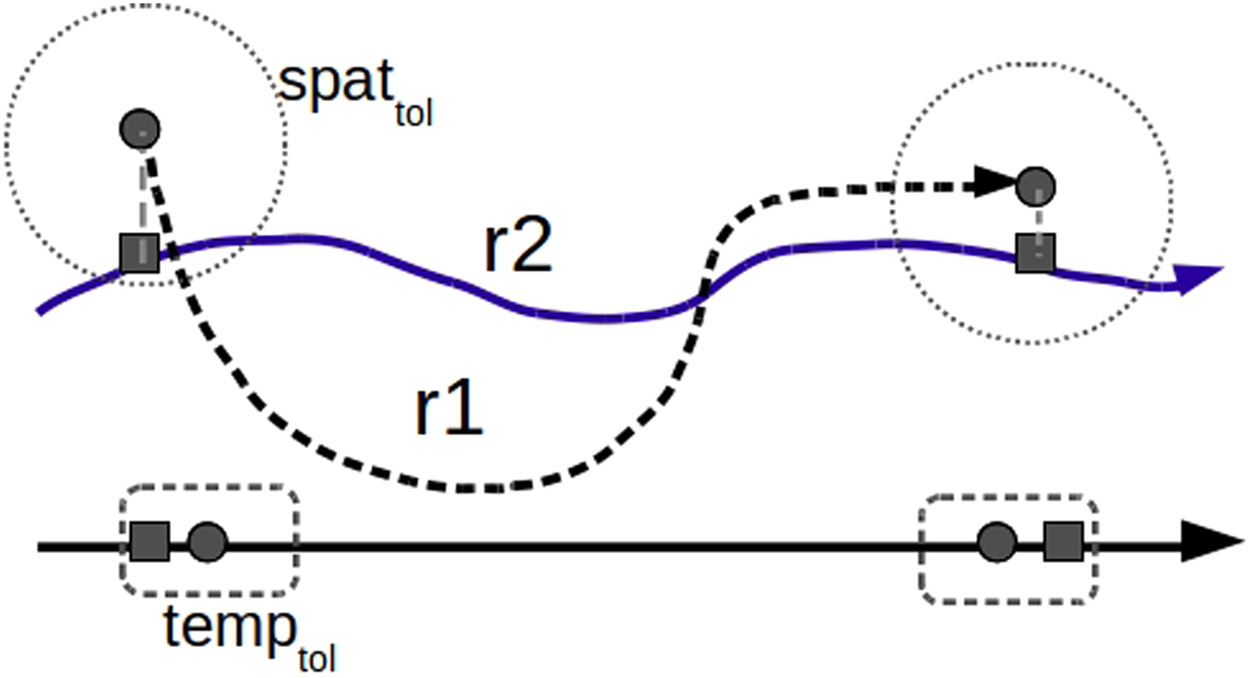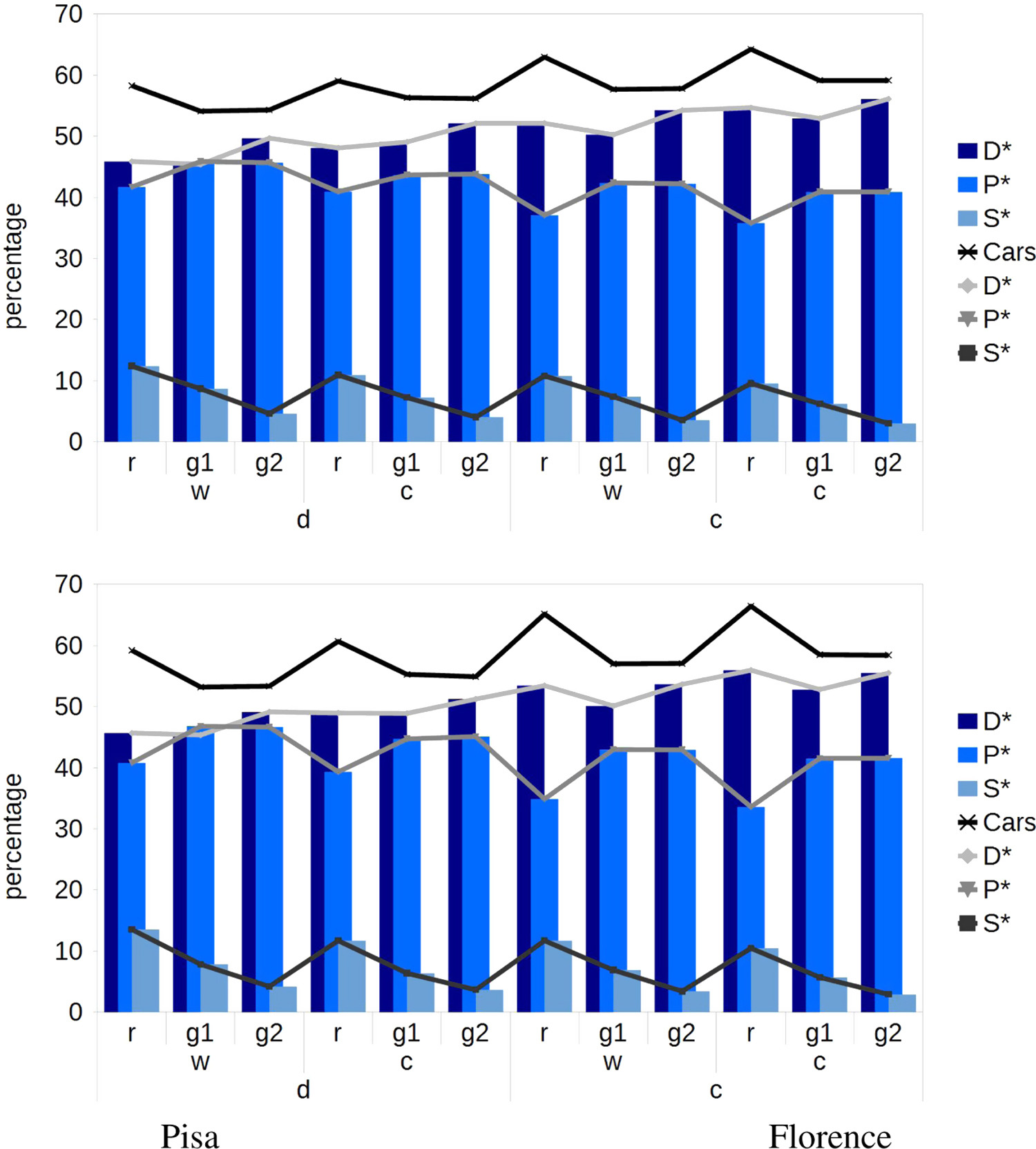Never Drive Alone: Boosting Carpooling with Network Analysis
Carpooling, i.e., the act where two or more travelers share the same car for a common trip, is one of the possibilities brought forward to reduce traffic and its externalities, but experience shows that it is difficult to boost the adoption of carpooling to significant levels. In our study, we analyze the potential impact of carpooling as a collective phenomenon emerging from people mobility, by network analytics. We propose Never Drive Alone, a mobility data-driven network based approach for analyzing the potentiality of a carpooling service and for suggesting an assignment among systematic car drivers in order to have them not to drive alone. Never Drive Alone finds the possible mobility matches among systematic drivers (see Figure 1) and builds the potential carpooling networks reported in Figure 2. Then, it introduces two novel measures in the filed of mobility analytics, i.e., driverness and passengerness, expressing the propensity for a user to act as a driver or as a passenger, respectively. By exploiting these measures together with carpooling communities extracted from, it returns the best set of recommendations by following a greedy heuristic.
We have employed Never Drive Alone on two datasets capturing the movements for the provinces of Pisa and Florence. Many useful observations for a carpooling service emerged from this study. The novel mobility measures and communities extracted from mobility networks can be used to characterize different aspects of human mobility. The driverness and passengerness values distributions characterize in a different way for different geographical areas. Furthermore, we found that carpooling communities can be classified into two categories (see Figure 3): autonomous communities, that, being independent from the rest of the car drivers, are made by many good carpoolers offering and taking lifts to many users; non-autonomous communities, that being influenced by extra community car drivers, cannot be managed on their own.
Finally, we have observed how the potential carpooling network can be used to suggest assignments among systematic car drivers and how ranking measures considered on communities lead to valuable reductions of the cars employed in systematic mobility. We have shown how the conjunctive application of these features lead to valuable performances in terms of assignments and reduction of the single occupancy vehicle. The experiments in Figure 4 compares the various versions of the Never Drive Alone approach, i.e., heuristic using only the degree, heuristic using the driverness and passengerness, considering the communities or not, considering the time discrete or continuous. We observe that the method exploiting the novel carpooling measures and the communities overcomes the random baseline and all the other approaches for both Pisa and Florence.




